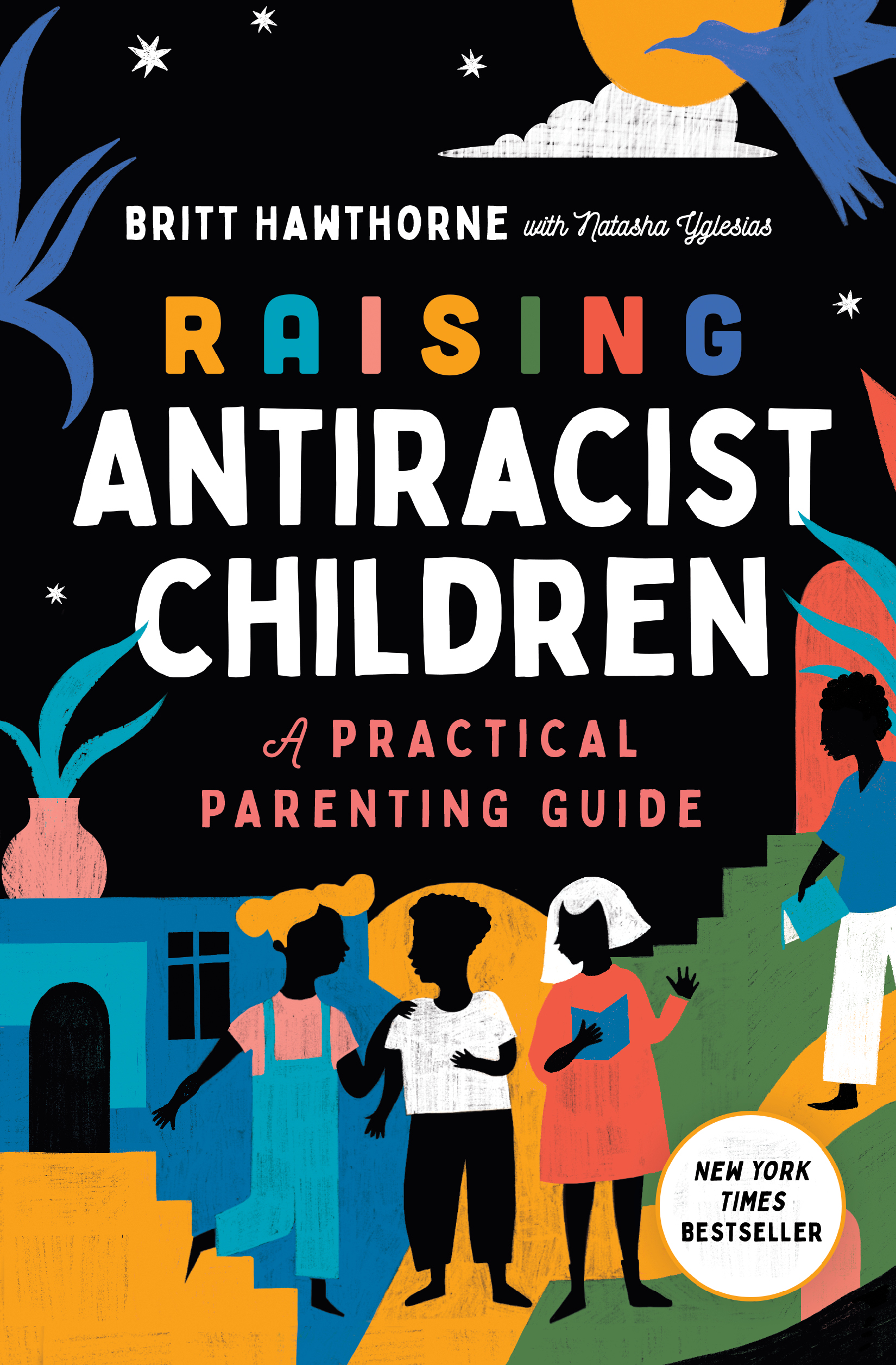Language isn’t just a tool to communicate with—it’s an influential medium for creating meaning in our lives. When we unconsciously use biased language, we inadvertently create a biased understanding of the world around us negatively impacting our communities. Ableist language perpetuates ableism, which is discrimination against people with disabilities. Even if you think you are in the clear, as someone who cares about creating an inclusive society for all people, the reality is that most of us use some form of ableist language every day. Keep reading to learn more about how you can avoid ableist language and some alternative phrases to use in their place.
Ableism impacts people with disabilities on the macro and micro levels. This blog post delves deeper into the micro level of ableism. Explore my article on macro ableism here.
Ableist Language To Avoid
Ableist language is any term or expression that devalues people who have a disability.
Ableism perpetuates the false narrative that there is something “wrong” with people with disabilities and that they are inferior to able-bodied people. When we use ableist terms, we perpetuate a negative connotation with disability.
Ableist language is used as a quick, thoughtless way to describe something—but it doesn’t effectively describe what we want to say. Part of taking a stance against ableism is expanding your vocabulary, so you can accurately describe your thoughts and views of the world around you. It also means leaving behind hyperbolically / “humorously” diagnosing yourself and others and, instead, saying what you mean.
For example, the following words are associated with disabilities and are often used negatively:
Crazy: “She’s acting so crazy lately, I can’t keep up with her mood swings.” – This is ableist because it stigmatizes and trivializes mental health conditions. This includes other psychological terms like “bipolar” or “narcissist.”
Barren: “That land is so barren; nothing good can grow there.” – This is ableist because “barren” historically referred to women unable to bear children, perpetuating negative assumptions about their worth based on reproductive abilities.
Retarded: “Stop being so slow; don’t be retarded.” – This is ableist because it derogatorily mocks individuals with intellectual disabilities, using their condition as an insult.
Dumb: “Why did you make such a dumb mistake?” – This is ableist because it uses “dumb” as an insult to suggest someone is unintelligent, which reinforces negative stereotypes about people with speech or hearing impairments.
ADD: “I’m so ADD today; I can’t focus on anything.” – This is ableist because it belittles the challenges faced by individuals with ADHD (Attention-Deficit/Hyperactivity Disorder) and misrepresents the disorder as a casual trait.
OCD: “She’s so OCD about cleanliness; it’s annoying.” – This is ableist because it reduces a serious mental health condition to a quirk, trivializing the struggles of those living with OCD (Obsessive-Compulsive Disorder).
Lame: “That party was so lame; nothing exciting happened.” – This is ableist because “lame” historically referred to people with mobility impairments, using their disability to describe something as uninteresting or dull.
Crippled: “My car’s engine is completely crippled; it won’t start.” – This is ableist because it uses “crippled” as a metaphor to describe a non-living object, disregarding the offensive historical context of the word when applied to people with disabilities.
Blind: “You’re blind if you can’t see how amazing this movie is.” – This is ableist because it uses “blind” metaphorically to suggest someone is unaware or ignorant, perpetuating negative stereotypes about individuals with visual impairments.
Deaf: “Don’t be deaf to my advice; you need to listen to me.” – This is ableist because it uses “deaf” metaphorically to imply ignorance or unwillingness to listen, which can be disrespectful to individuals with hearing impairments.
Use This, Instead of That
Below are more accurate ways to describe what you are trying to say, instead of using ableist language like those described above. This is not an exhaustive list.
Feedback: We welcome your feedback on this article and additional ideas and reflections. Please send your feedback and comments to contactme@britthawthorne.com
Say This | Instead Of That |
That’s annoying / obnoxious / irritating / frustrating | That’s retarded / dumb |
That’s shocking / unbelievable / bizarre / ridiculous / outrageous | That’s insane / crazy |
That’s uncool / awful / bad/ unpleasant | That’s lame |
He is manipulative and lacks empathy | He’s a psychopath / sociopath |
It feels hard for me to focus right now | I’m so ADHD |
They’re very detail-oriented | They’re so OCD |
She’s unaware of how beautiful she is | She’s blind to how beautiful she is |
They’re unresponsive to reason | They’re deaf to reason |
She uses a wheelchair for mobility | She’s confined to a wheelchair |
They live with / experience bipolar disorder | They suffer from bipolar disorder |
They have a mental health condition | They are mentally ill |
She went to a mental health facility | She went to an insane asylum |
They’re hard of hearing | They’re hearing-impaired |
Accessible parking | Handicapped parking |
People-First Language or Identity-first Language
The best way to refer to disabled people is to ask them what they prefer. However, if you are unsure, it’s recommended by experts to use person-first language when referring to children. When referring to adults or individuals with autism, it is best to use a combination of person-first and identity-first language. This combination helps to challenge the misconceptions and discrimination that people with disabilities often face while also destigmatizing disabilities.
For example, saying “he’s a person with Down syndrome” versus “a Down syndrome man” avoids unnecessarily centering the person’s disability and identifying them foremost by their disability. Some disabled people, particularly the blind, Deaf, and autistic community, prefer identity-first language. For example, saying “he’s autistic” versus “a person with autism,” shows a positive relationship with their identity, which should be respected.
Say This | Instead Of That |
Person who uses a wheelchair | Wheelchair-bound person |
Person with an intellectual, cognitive, or developmental disability | Mentally retarded person |
Person who is blind | Using blind metaphorically like “they’re colorblind; they don’t see skin color” |
Person with a disability or a disabled person | Handicapped |
Person who is unable to speak | Mute |
Tips for Adjusting Your Language
In making these changes, expect to make mistakes. It can be difficult to change the way we express ourselves, even if we strongly believe it is the right thing to do.
Accountability Partner
Find an accountability partner, a friend, family member, or colleague who also wants to make a conscious effort to use more inclusive language. Share your commitment to using language that avoids ableism and discrimination. Hold each other accountable by reminding each other when you slip up and celebrating your successes together.
Create a Language Journal
Keep a small notebook or use a notes app on your phone to create a language journal. Whenever you catch yourself using ableist language or encounter such language in conversations, write it down. Reflect on why you used that language and how you could have phrased it differently. This journal can help you become more aware of your language habits and track your progress over time.
Utilize a Pocket Guide
Create a pocket-sized guide to use instead of ableist language. Whenever you are uncertain about a word or phrase, refer to this guide to choose a more inclusive option. Having quick access to this resource will make it easier for you to make language changes in real-time.
Practice Mindful Speaking
Before speaking, take a moment to think about the words you are about to use. Ask yourself whether the language you are about to use may perpetuate stereotypes or harm others unintentionally. Practicing mindfulness in your speech will help you develop the habit of choosing inclusive language more consistently.
Be Open To + Seek Feedback
It’s okay to make mistakes. The odds are that you will at some point. Have grace with yourself (and others) when mistakes happen. If you are correcting someone, remember to call them “in” instead of calling them “out.” The difference is that you are calling them into a conversation, the feedback is an invitation, instead of a means to judge them and kick them out of an exclusive club of people who don’t make mistakes.
If you are corrected, do your best not to be defensive. The person who is calling you in is trying to help, and they are not judging you. Ideally, you can reply with “Thanks for teaching me!” or “Thanks for bringing this to my attention. I’m going to research this more.” or even “I am learning new things and care about making others feel included.”
Educate Yourself
Take the time to educate yourself about the experiences and perspectives of people with disabilities. Read books, articles, and watch documentaries that provide insights into their lives and the challenges they face. The more you learn, the better you’ll understand the importance of using respectful language and avoiding stereotypes.
Remember, implementing language changes is an ongoing process, and it’s okay to make mistakes. What matters is your commitment to improving and creating a more inclusive and compassionate environment through your words. Over time, these small changes will have a positive impact not only on your life but also on the lives of those around you.
And as you practice, remember, I’m rooting for you!
If you enjoyed this article, consider buying me a cup of coffee. I’m Britt, a Black bi-racial momma, author, and anti-bias facilitator, who provides free resources to families on subjects ranging from ableism to antiracism.





